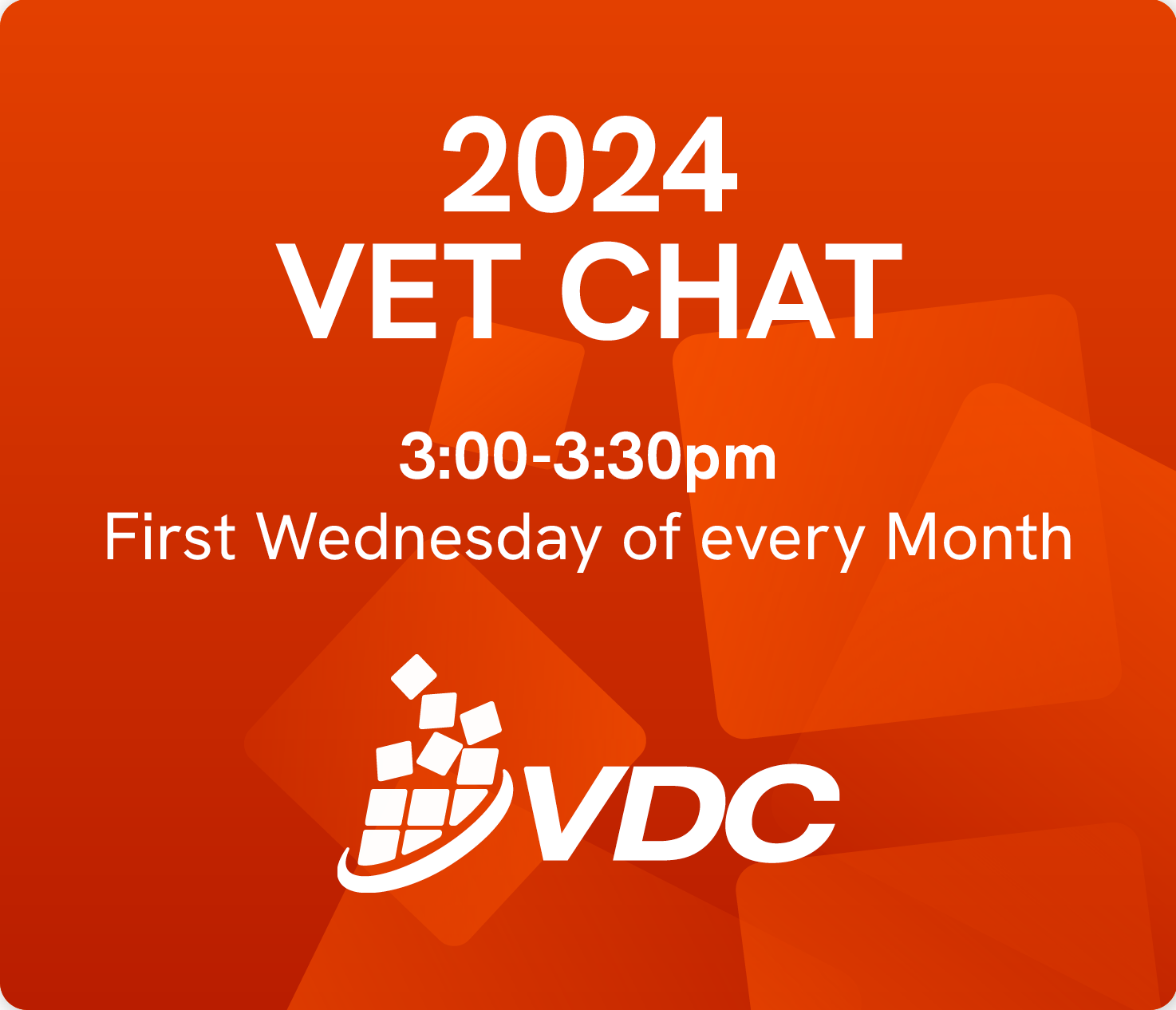NCVER has just released its long-awaited report on the VET workforce.
For the first time we have a much clearer idea about the size and nature of the Australian VET workforce.
It’s been a long time coming
In their paper published by L H Martin Institute in 2018 and entitled “How can VET teacher education and development be improved?” Hugh Guthrie and Anne Jones pointed to “the lack of comprehensive and consistent [VET] workforce planning data” despite calls for it since at least 2004. Work by the Productivity Commission in 2011 was last serious attempt to characterise the VET workforce. Like preceding work, though, it was a ‘best guestimate’.
This latest report from NCVER, authored by Genevieve Knight, Ian White and Pip Granfield, “presents estimates of the size and nature of the Australian VET workforce as at February 2019, including the number of trainers and assessors employed and the qualifications they hold.” To do this data were collected by survey from RTOs delivering nationally recognised training between March and May 2019. The response rate to the survey was 40%.
The numbers
The report found that, in February 2019, 246 167 people were employed in the VET workforce. Of these, 45 628 were TAFE employees and 200 539 were employees of other RTOs. 29% of the overall VET workforce, that is 71 379 people, were employed as trainers and assessors. This number includes those delivering training under the supervision of a trainer. However, as Simon Walker, the Managing Director of NCVER, points out:
“It’s important to note that the survey did not include trainers and assessors employed at non-RTOs that have third party partnership arrangements with RTOs, such as some schools and businesses.”
So, these published workforce numbers are “likely to be an underestimate.”
Interestingly, the survey found that the proportion of the workforce employed as trainers and assessors was higher for larger RTOs than it was for smaller ones. In fact, the proportion of trainers and assessors in large (1 000-9 999 students) and very large RTOs (10 000 students +) was 40.3% and 59.0% respectively. For medium (100-999 students) and small RTOs (less than 100 students) the proportions were 21.9% and 19.9% respectively. This may be because, in these providers, staff have multiple roles rather than one predominant one: training and assessing. Another focus of the survey was VET’s volunteer workforce. Nearly a fifth of RTOs have them and there are a significant number, over 177 500, including some who work as trainers and assessors. Their incidence was highest for those RTOs exempt from reporting data to the National VET Provider Collection (63.0%), but Community education providers (47.3%) and School-based RTOs (39%) had their fair share too.
The characteristics of VET’s trainers and assessors
Trainers and assessors are at the workforce’s ‘pointy end’. Of those employed in these roles, around 53% were employed full-time and the remainder part-time. Just over half of the sector’s trainers and assessors (53.5%) were permanent employees, with a further 13.9% holding a contract or temporary position. Around a third, 32.6%, were employed as casuals or sessionals, and so it can be assumed “that a sizeable proportion of the 2019 VET trainer and assessor workforce were potentially multiple job holders not working full time.” The survey also found that the proportion of part-time employment is highest in TAFEs and community education providers, but relatively low in enterprise providers and schools. TAFEs also had the highest proportion of casuals.
Almost all assessors and trainers (93.3%) held a Cert IV in Training and Assessment or a higher qualification, and around 90% “had a Certificate III or above as their highest ‘vocational’ qualification. Interestingly, it appears that 77% of trainers and assessors hold only the Certificate IV and, of these, “most (80%) would likely hold the superseded TAE40110 Certificate IV in Training and Assessment rather than the current Certificate IV (TAE40116).
Higher level teaching qualifications are not all that common either, with around 8% of trainers and assessors holding a Diploma-level teaching qualification and a similar percentage having one that was higher. When comparing the ‘teaching’ qualifications held by staff at TAFEs and private providers, TAFEs have the edge on higher level qualifications (11% vs 4.4%), but private providers have a slight edge on qualifications at Diploma level (10.6% vs 8.2%).
Consistent with previous research, the findings “show that non-permanent employment in the VET sector is high with particularly high use of casuals for trainer and assessor roles.” That hasn’t changed.








